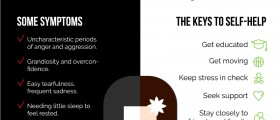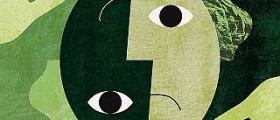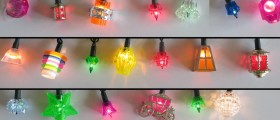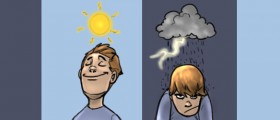What is seasonal affective disorder?
Seasonal affective disorder or SAD is a depressive disorder that happens at about the same time every year. The symptoms usually start in the fall, with the bad weather, and last throughout the winter. Seasonal affective disorder can also occur in the spring and last through the summer, although much less commonly.
Many people brush off SAD as simple “winter blues” but this problem can be very serious and affect a person in many negative ways.
The symptoms of SAD, in winter-onset depression, include depression, melancholy, sadness, hopelessness, lack of energy, oversleeping, food cravings, loss of interest in things that are normally enjoyed, weight gain, difficulty concentrating, memory problems and social withdrawal.
In summer-onset seasonal affective disorder, the symptoms can include insomnia, irritability, anxiety, weight loss, agitation and increased sex drive.
Seasonal affective disorder is usually treated with psychotherapy, medication and phototherapy for winter-onset SAD.
There is a similar disorder called reversed seasonal affective disorder. It is characterized by symptoms of mania or hypomania, which is a mild for of mania, such as agitation, rapid speech, euphoria, increased social activity, disproportional enthusiasm and similar. Reversed SAD is considered a form of bipolar disorder, which is very serious.
Test for seasonal affective disorder
The evaluation performed to diagnose seasonal affective disorder will include detailed questions about the mood, behavior, social life, lifestyle, easing and sleeping patterns and such, physical exam, in order to rule out underlying medical issue, and certain tests.
There are no specific medical tests for SAD, although doctors may order blood tests to rule out a medical issue. Because some types of depression or bipolar disorder can mimic seasonal affective disorder, it may be hard to diagnose it. In order to diagnose SAD it is necessary that the patient meets the criteria of the Diagnostic and Statistical Manual of Mental Disorders.
For example, the patient diagnosed with seasonal affective disorder will have periods of depression alternated with periods without depression, the periods of depression occurring at the same time each year, usually in the fall throughout the winter, which will have to have occurred for at least two consecutive years. Of course, other possible reasons for depression will have to be ruled out.
It is normal for everyone to feel a little down or a little blue in the winter days. However, if this lasts longer, for example the whole winter, and if it happens year after year, it may indicate seasonal affective disorder.

















Your thoughts on this
Loading...